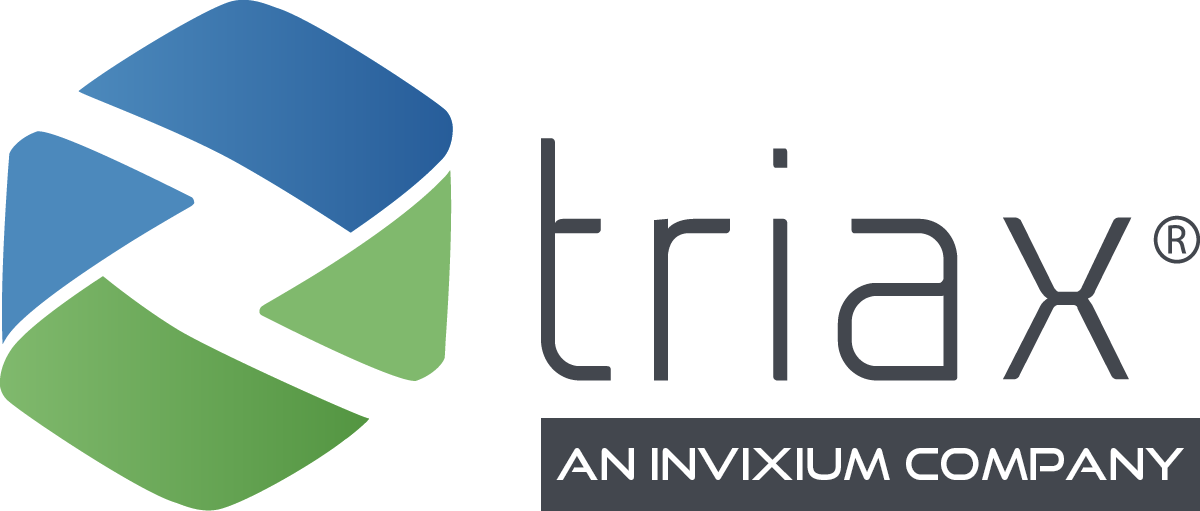To improve productivity and maximize project quality, construction contractors are increasingly turning to lean construction practices. This innovative, collaborative approach to operating and executing projects is focused on continuous improvement by reducing waste and building with maximum efficiency. It has been shown not only to increase productivity but to give construction firms a strong competitive advantage.
However, despite being accepted into the mainstream, many firms find lean construction methodologies challenging to implement.
Some firms experience lack of support at the senior management level; others experience budget barriers, since lean construction may require the adoption of new tools and processes; and others have to contend with challenges such as change management and a resistant work culture. In a recent survey by KPMG on technology in the construction industry, executives said their organizations were “held back by manual processes and multiple systems,” and most executives said they lack the resources and skills to get the most benefit from their data.
One path to accelerating the implementation of lean construction practices is technology. The advancement of construction technology in recent years has prompted many firms to adopt Internet of Things (IoT) solutions, such as wearables and sensors placed around the jobsite, to measure and eliminate waste and enable a leaner jobsite.
Recent reports state that the industry is more confident than ever in technology’s transformative power. In the 2017 KPMG Construction Survey, 95 percent of respondents said they believe technology will “significantly change their business.”
The right digital tools
Wearable devices and other sensor-based technologies automatically collect data from people, equipment, tools, materials, and the environment and send it to the Cloud where it is combined with intelligent software and advanced analytics for easy access, analysis and insights.
With increased visibility and transparency into workers, safety and equipment across project sites, Spot-r helps:
- Streamline manual processes. Documenting exactly who is on site, when they arrive, and when they leave is critical to ensuring site control, managing labor, and effectively coordinating resources to keep projects moving. Paper timesheets are tedious, error-prone, and trap important information in a non-collaborative format that is difficult to compile, analyze, and report on. The Spot-r Clip, worn on the waistbelt of every worker on a project, automatically picks up the Spot-r network when workers arrive, checking them into the site 12x faster than paper sign-in sheets. On a 24-month project with an average of 100 workers, Spot-r can recover roughly 5,136 production hours – almost $225,000 in wages.
- Identify site-specific sources of waste: Underutilized man hours – and the larger variability of construction workflows – can be reduced with technology that is becoming widespread at the jobsite. Spot-r allows professionals to drill into specific areas of waste, taking a proactive approach to identifying bottlenecks and optimizing operations – versus guessing or relying on physical observations or anecdotes. For example, on a 12-story construction project, Spot-r identified significant non-tool time – nearly one-fourth of the day – on site. In this example, workers were losing valuable time in transit. Insights revealed by Spot-r allowed the contractor to improve the alignment of material stockpiling closer to the area of work and to further allocate receiving and distribution staffing according to skill sets.
- Increase jobsite safety: Increased visibility across a jobsite can close the gaps on safety. Spot-r automatically detects worker falls, triggering a real-time notification to safety personnel, and allows workers to report hazards or unsafe conditions from anywhere on site. Real-time feedback allows safety leaders to ensure the necessary medical attention but also provides an opportunity to assess and control risk exposures for others on site. Aggregate safety data can identify trends, providing safety leaders with an opportunity to modify behaviors and reinforce proper procedures at the jobsite. In addition, the Spot-r EvacTag triggers a flashing, blaring evacuation alarm across the jobsite, reducing evacuation drill times by 72% compared to blowing an air horn on each floor.
- Easily share information with stakeholders: Cloud-based platforms like Spot-r allow contractors to easily share project information and progress update reports with client and other stakeholders, facilitating regular communication and collaboration and helping to boost overall client satisfaction.
Leveraging IIoT Technology as a Driver for Lean Construction
Looking for a worksite technology solution? Look no further than Triax. Our comprehensive IIoT platform empowers your workforce with state-of-the-art safety features, streamlines incident reporting, and delivers valuable insights to enhance proactive safety measures. Contact us or request a demo of our IIoT platform to get started today! Download our eBook, ‘The Path to Lean Construction: Using Wearables and IoT to Reduce Waste and Maximize Efficiencies‘, to learn more.

